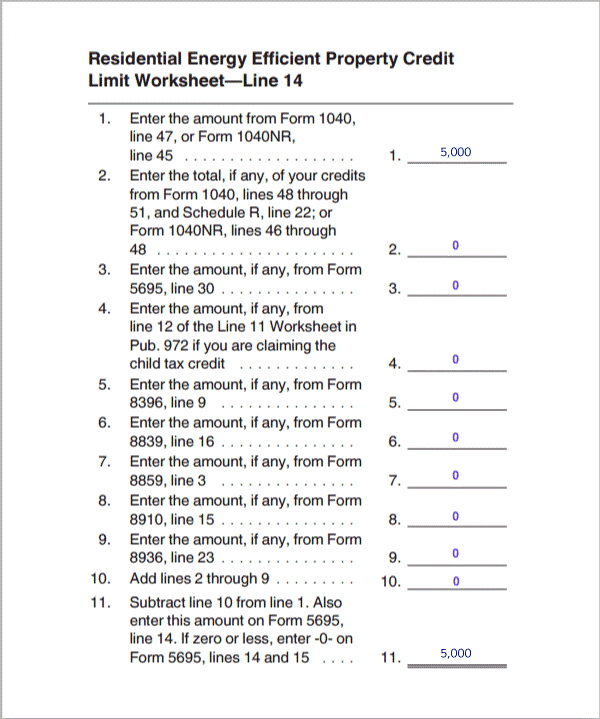There have been many different programs made available by the government to help people get through these tough times. With the Covid-19 pandemic, there has been a record number of people on unemployment, and many small businesses and self-employed people had a serious loss of income.
The government has provided benefits in the form of stimulus payments, adding an additional federal amount to people state unemployment and they have given many tax breaks as well.
This article will discuss the major changes to the Child Tax Credit through the American Rescue Plan. These changes may not only give taxpayers with qualified dependents a much larger amount, but it will also give them a portion of the money earlier. The American Rescue increased the amount received per qualified child from $2000 to $3000 or $3600 per child under the age of 6. It also makes this credit fully refundable.
I discussed this increase in the amount possibly credited to taxpayers in a previous article. Please refer to our June 2nd article on the Child Tax Credit for more information. The reason I am coming back to this topic today is to further discuss the efforts that the IRS is taking as we speak to disburse a portion of this early over the next six months to taxpayers in need.
Starting July 15, 2021, about 36 million American families will start receiving checks from the IRS. Taxpayers who are eligible for this credit will receive up to $1800 broken up equally over the next six months. They will be receiving half of the credit that they qualify for and then they can claim the other half when they file their tax return for 2021. This is a temporary change just for the 2021 tax year.
To qualify for advance Child Tax Credit payments, you, and your spouse if you filed a joint return must have:
- Filed a 2019 or 2020 tax return and claimed the Child Tax Credit on the return: or
- Given us your information in 2020 to receive the Economic Impact Payment using the Non-Filers: Enter Payment Info Here tool; and
- A main home in the United States for more than half the year (the 50 states and the District of Columbia) or file a joint return with a spouse who has a main home in the United States for more than half the year; and
- A qualifying child who is under age 18 at the end of 2021 and who has a valid Social Security number; and
- Made less than certain income limits.
The IRS will use information that taxpayers have already provided to determine who qualifies and will automatically enroll you for advance payments. There is nothing the taxpayer must do to get these advance payments.
What Are the Income Limits For the Child Tax Credit?
Not all taxpayers with qualified children will receive the higher child tax credit. The taxpayers who will receive the maximum amount will be taxpayers who make $75,000 a year or less if filing single, $112,500 or less if filing head of household, and $150,000 or less if filing a joint return or are qualified widows or widowers. Taxpayers who make more than these amounts will receive a phased-out amount. They will receive $50 less for every $1000 of income over the thresholds until the payments are phased out for people who earn roughly $20,000 more than the salary thresholds.
The IRS has set up a tool on their website where a taxpayer can see if they qualify. For parents that qualify payments can be up to $300 for children under six and $250 per month for each child between 6 & 17.
If you do not qualify because you earn more than the maximum income allowed for the credit then you still may qualify for the original Child Tax Credit. This Child Tax Credit of $2000 is available to single parents who earn up to $200,000 or married couples who earn up to $400,000. If you earn higher than these amounts, then you will not qualify for any Child Tax Credit.
Since the IRS is relying on previous years’ filings, they may not have information for some people that qualify. Low-income households that are not required to file tax returns may fall through the cracks. If you were not required to file in 2020 or 2019 and qualify for this credit the IRS has set up a Child Tax Credit non-filers tool.
Non-filers will need to provide personal information such as their date of birth, as well as their social security numbers for themselves and the qualified child.
What Is a Qualifying Child for the Child Tax Credit?
A qualifying child is a child who meets the four IRS requirements to be a dependent for tax purposes. These six requirements are the relationship, age, residence, support, joint return, and citizenship.
Relationship: The child must be a son, daughter, stepchild, foster child, brother, sister, half-brother, half-sister, stepbrother, stepsister, or a descendent of any of them.
Age: To meet this test a child must be younger than the taxpayer (or spouse if filing jointly) and meet the following conditions.
- Younger than the age of 19 at the end of the year
- Younger than age 24 at the end of the year and a full-time student
- Any age if permanently and totally disabled (does not need to be younger than the taxpayer)
Residence: The child must live with the taxpayer more than half of the year. A child who is born or dies during the year qualifies if the home was the child’s home the entire time the child was alive. A child is considered to live with a taxpayer when at a hospital following birth, or temporary absences due to special circumstances such as illness, education, business, vacation, or military service.
Support: The child cannot provide more than half of their own support.
How Do You Opt-Out of Receiving the Advance Payments?
While this seems like how stimulus payments were distributed there is one major difference. With stimulus checks, if you received more than you were entitled to you did not have to pay the money back. With the Child Care Tax Credit that is not the case. If you are not eligible when you file your 2021 tax return, then you will have to repay the amounts advanced to you. This could happen if you had an increase in income from last year where you are now over the income threshold or if your qualified child is now older than the age limits. Also, a lot of marital situations changed during this rough year.
The IRS is doing all their qualifications from old information. They are using the information provided on 2020 tax filings. If that year has not been filed or processed, then they are using 2019. If you are a taxpayer that no longer qualifies it is important that you opt-out of these payments or you could have a hefty tax bill, come filing time.
The IRS has set up a tool on their website where taxpayers can opt out of receiving these payments. This tool will allow people who either do not want or no longer qualify for the credit to unenroll before the first payment is made on July 15th. This tool can be used by families if they have internet access and a smartphone or computer.
The IRS is planning on updating this portal to allow people to see payment history and change banking information or mailing addresses. They are also working on updating the tool to allow taxpayers who have had children in 2021 or if the child has aged out of qualification to update that information so they can begin receiving the advance or to correct the amount received.
If a taxpayer chooses to opt out they must notify the IRS before set deadlines for each payment. You must opt out by June 28th to skip the 1st payment. If they miss this opt-out before the 1st payment, then they can still opt-out prior to the next payments.
In conclusion, this is another step taken by the government to aid struggling families and to influx money back into our economy sooner than later. Vice President Harris was quoted as saying, “The proudest moment that I have experienced in this position was when President Joe Biden signed the American Rescue Plan into law. Because through tax credits and food assistance and housing assistance and health care coverage and direct checks the American Rescue Plan will lift half of America’s children out of poverty.”
As much good as this will seem to do, I do have one reminder to point out where people need to be careful: If you no longer qualify for the tax credit, then it is especially important that you opt out. If you do not, then you can see yourself with a tax bill you may not be able to afford come tax time. If you can afford to pay it that is always best but if you can not you do need to remember that you have a lot of rights when it comes to owing delinquent taxes.
If you find yourself in this tax situation reach out to a true tax professional for assistance to make sure your rights are enforced. In situations like this Enrolled Agents and CPAs have the educational background and licensing to best represent you.







